Are you planning a vacation in Rome or the surrounding areas? You absolutely must discover the benefits offered by the Visit Rome Pass, the most comprehensive and advantageous tourist pass for the city of the Colosseum. This pass will allow you to comfortably visit the best attractions in Rome and its surroundings. Speaking of the outskirts near Rome, just a few kilometers from the city center, along the Appian Way, lies Genzano di Roma, a beautiful town set in the magic setting of the Roman Castles.
Genzano di Roma and its wonderful medieval historic center are an exciting attraction at any time of the year, but they certainly become even more enticing in the first days of June, when the town gets covered in colorful flowers and gives life to the characteristic infiorata, the flower festival. So let this article guide you on a virtual walk to discover one of Lazio's most sparkling hidden gems!
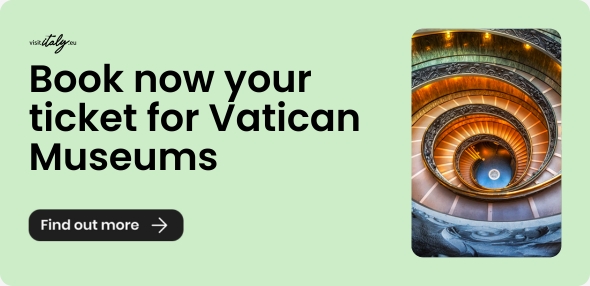
Genzano di Roma: where it is and how to get there
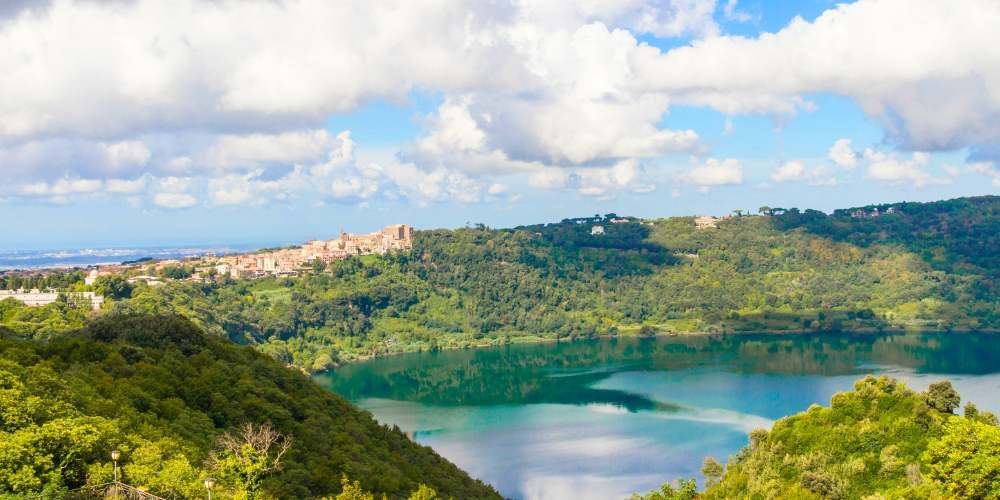
Genzano di Roma, as suggested by its own name, is located in Lazio. Indeed we are south of the Capital city, about 30 kilometers from Rome's Termini station.
Getting to Genzano by car is easy. If you are coming from the south, simply take the Valmontone exit, another interesting village to visit just outside Rome, and continue toward Velletri. You then take the Via Appia toward Genzano. If coming from the north, on the other hand, follow the Grande Raccordo Anulare to exit 23, and from there enter the Via Appia.
And who wants to get to Genzano by public transportation from Rome?
By bus, simply take the Metro A to the Anagnina terminus and from there take Cotral buses with direction Genzano, Velletri or Latina.
Finally, by train, from Roma Termini you can board the regional train to Velletri and get off at Genzano-San Gennaro. From there, a bus takes you to the historic centre.
Book now your Visit Rome PassWhat to see in Genzano di Roma: exploring the historic centre

This small village, lying on the slopes of the crater that originates Lake Nemi, does not have such ancient origins as one might think. In fact, there is no mention of an actual village until medieval times when a Saracen settlement was established in the area. The turning point, however, came when the territory was entrusted by the pope to Cistercian monks in the 12th century. They built a castle around which, later, the town developed.
The village, over the centuries, passed from hand to hand until it became part of the Italian state with the famous Breach of Porta Pia in 1870. Today the centre of Genzano is divided into two areas: the one of medieval origin, perched on the mountain, and the more modern one, built from the seventeenth century onwards. So let's find out what to see in beautiful Genzano di Roma and all the monuments not to be missed during a trip here.
The core of the historic centre of Genzano di Roma
Piazza IV Novembre and Piazza Frasconi represent the heart of the town. They are the favorite place of the Genzanesi, this is the name of the inhabitants, for a moment of relaxation starting in the late afternoon. From this large rectangular open space departs the trident, or the three streets that form the backbone of Genzano's old town.
The fountains of Genzano di Roma: Clementine and S. Sebastiano
The Clementine fountains are twin fountains made in the 18th century. They are particularly important since it is thanks to them that drinking water came to Genzano di Roma. They are made of travertine and consist of a case over which water flows from two mouths.
The fountain of San Sebastiano, also from the 18th century, is made of peperino tuff. Starting from the center of the large basin rises a column decorated with vine shoots and grapes. For this reason, it is known to the people of Genzano as the "wine fountain".
The New Cathedral of Genzano di Roma: the Church of Santissima Trinità
This is the most important church to see in Genzano's historic centre. The church, also called Duomo Nuovo (New Cathedral), as opposed to Duomo Vecchio (Old Dome), or the Church of Santa Maria della Cima, was opened in the early 19th century. It is a splendid example of neoclassical construction that is unique in the Castelli Romani area.
The Old Cathedral of Genzano di Roma: the Church of Santa Maria della Cima
The Duomo Vecchio (Old Cathedral) in Genzano di Roma is located at the apex of a flight of steps that starts right at the twin fountains. We call it "old," but in fact the present construction dates from the 17th century, replacing an earlier 14th-century building. The church is built in Doric Baroque style with the interior organized in a single nave, enhanced by four side chapels.
Palazzo Sforza Cesarini
One of the greatest examples of civil architecture in Genzano is certainly Palazzo Sforza Cesarini. This very palace was built by Cistercian monks as a castle. At the time of the purchase of the property by the Cesarini family, the lady of the place, the castle was transformed into a palace. Today the palace, a splendid setting for numerous art exhibitions, can only be visited on guided tours held on weekends.
The ruins of the Roman Villa degli Antonini
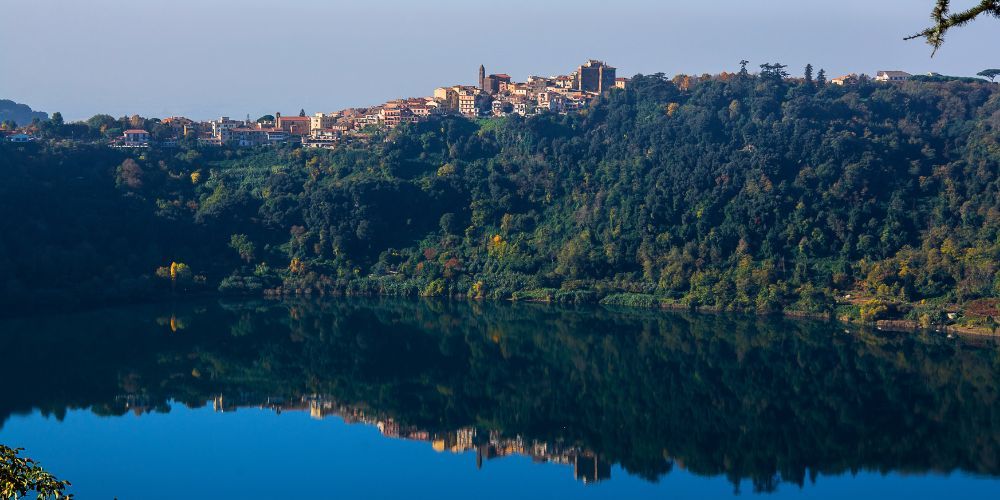
A valuable discovery was made along the Via Appia Antica. In the 18th century, in fact, the site of the "villa" was rediscovered thanks to the discovery of numerous portraits of Roman emperors that are now preserved in the Capitoline Museums.
Ancient sources tell how in this place, a villa extended for about five hectares, the emperors Antoninus Pius and Commodus were born, and that Marcus Aurelius often lived there.
The archaeological area is not currently open to the public, but some of the fruits of the excavations can be seen inside Palazzo Sforza Cesarini.
Whta to see in Genzano di Roma: the stunning flower festival
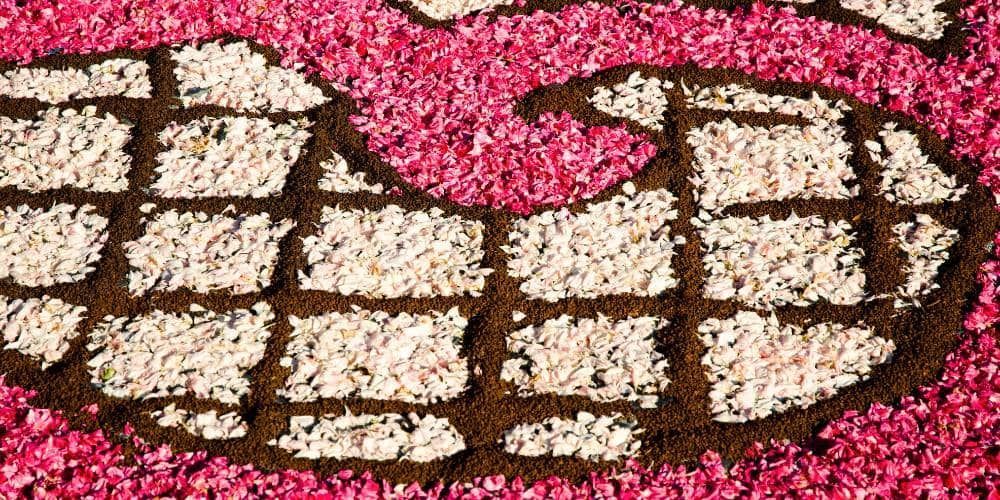
The history of the flower festival of Genzano di Roma begins a long time ago, in 1778. Since then, year after year, the street that connects the Old Cathedral to Piazza IV Novembre is filled with flower carpets and colors on the occasion of the Corpus Christi feast.
It is an event so important and so scenic that in 2011 it was recognized as "Heritage of Italy for Tradition" by the Ministry of Tourism. The stars of the scene are undoubtedly the red carnations: at least 415,000 are needed indeed! Chrysanthemums, brooms and even corn leaves are also used.
How the flower festival of Genzano takes place
The program of the infiorata normally unfolds over 4 days. During the first day, the marking of the road with chalk begins and the "speluccamento", or separation of the petals, takes place. The next day the "speluccamento" is continued. Only late in the evening, and throughout the night, is the laying of the flowers on the pavement and the creation of the floral works.
Sunday is the crucial time, when the beautiful flower creations can be admired. It is also the time of the mass and procession through the flower-lined streets. The festival continues on Monday with costumed parades, concerts and the traditional ceremony of "Spallamento", the time when children collect flower petals from the street.
If you would like to learn more about the awesome Italian tradition dedicated to flowers and spring, please check out our guide on flower festivals in Italy!
What to eat in Genzano di Roma, the Bread Town
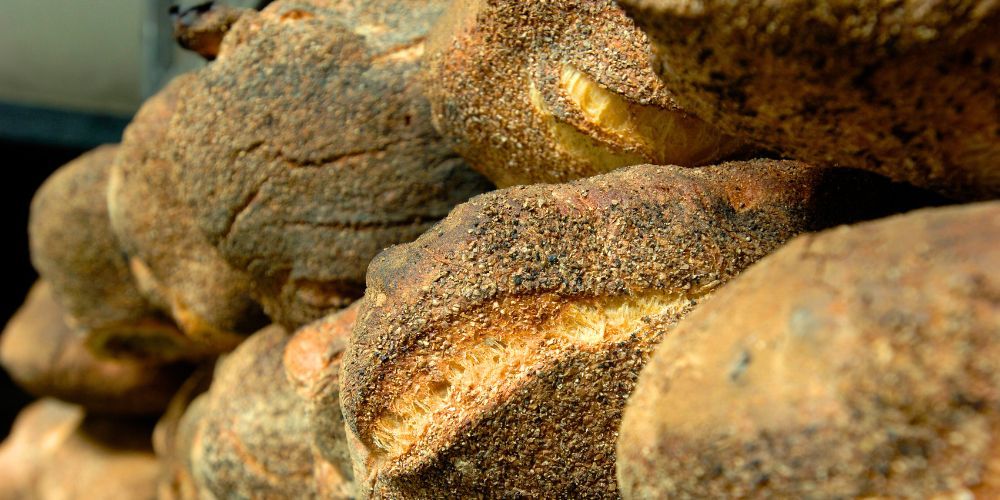
Besides being known as the "City of the Infiorata", Genzano di Roma is also known as the "City of Bread". The bread, made from a simple dough of wheat flour, water, yeast and salt, is crispy on the outside and soft on the inside. Because of its goodness and authenticity, it has been granted PGI protection by the EU (Protected Geographical Indication).
In addition, it is worth stopping at the many local norcinerie, or places where pork meat is processed the Norcia way. In fact, many people from Norcia settled in Genzano in the twentieth century and brought their meat processing techniques with them.
Let us also not forget that we are in the Roman Castles area, where the cuisine is a real feast for the senses. Fettuccina with meat sauce or mushrooms, carbonara, amatriciana, trippe, pasta and chickpeas, artichokes alla giudia...well, you just have to savor everything! Do you want to discover the goodness of the typical products of Rome and surroundings and try all the local specialties together with the bread of Genzano? Check out the button below!
Book now your visit to Rome's markets and find out local cuisineAbout the author
Written on 29/04/2024

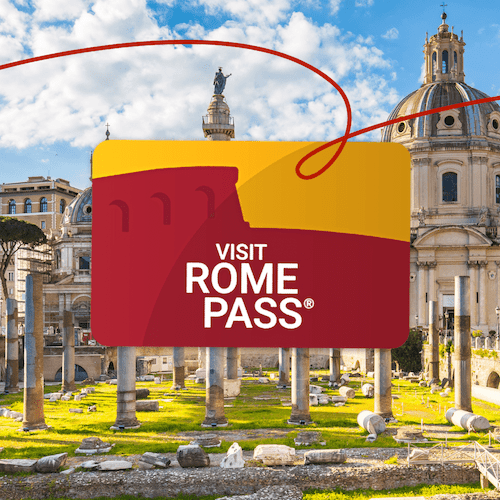
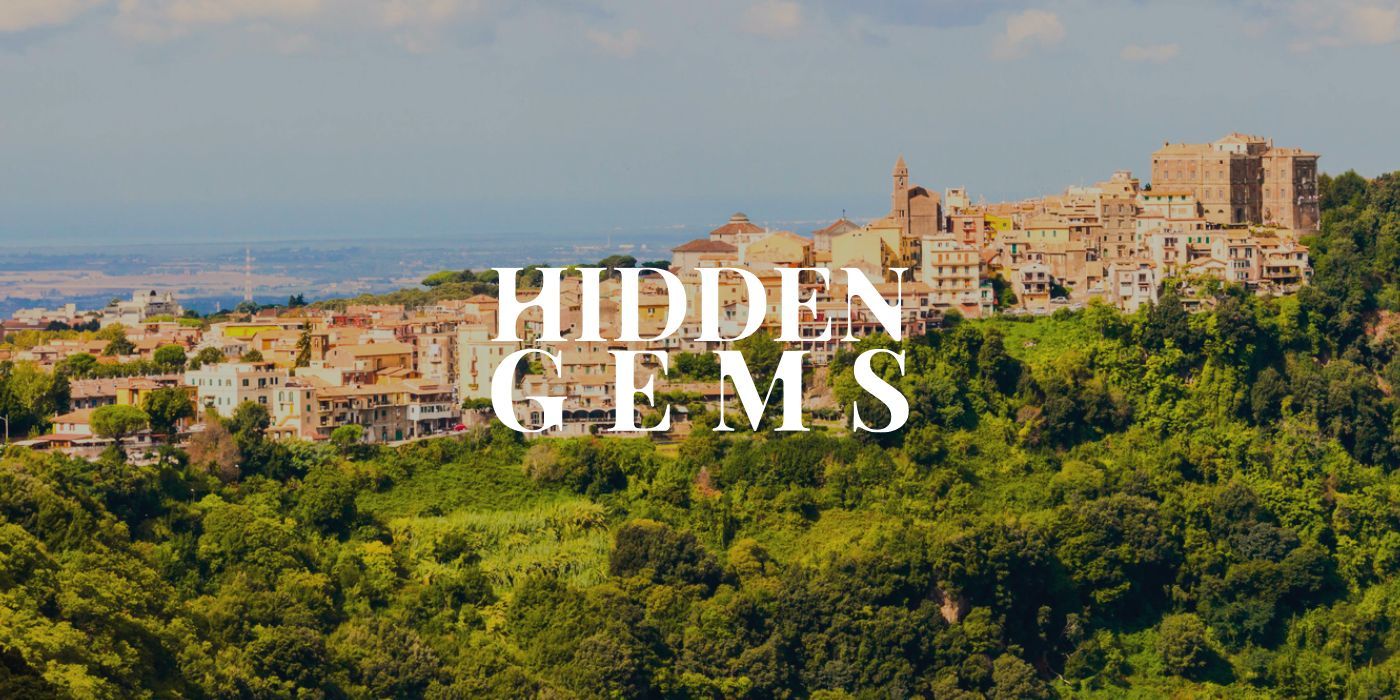


Elisa Borgato
Find out what to see in Genzano di Roma, the splendid bread town near the capital famous for its historic centre and the spectacular flower festival!